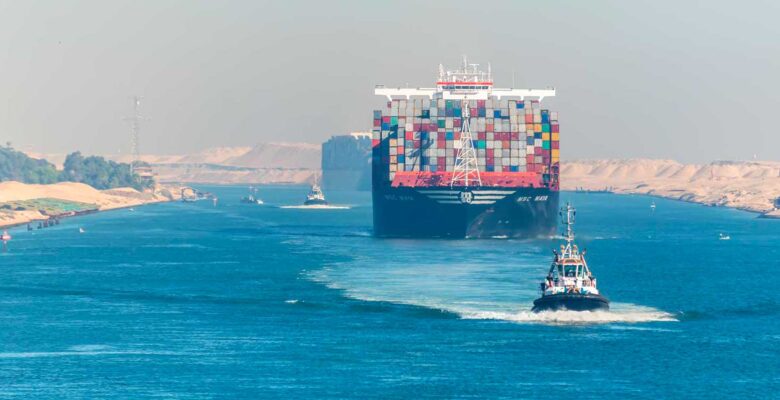
3rd January; Suez Canal crisis latest
The new year back in the office has started with the shock of the double-attack on the Maersk Hangzhou on Sunday, which came despite the formation of a coalition naval task force to patrol the southern Red Sea and Gulf of Aden and suggests it could be weeks, maybe longer, before the route to the Suez Canal is secure enough for container shipping.
The earlier targeting of vessels tied to Israel has clearly ended, putting any ship, regardless of their nation status in danger and while the coalition forces are successful in intercepting air-based weapons, without a protection regime that guarantees freedom of navigation through the Gulf of Aden and Red Sea, container shipping lines will continue to divert around the Cape of Good Hope route, adding 3,500 miles and 10-14 days transit.
The supply chain disruption being generated by this evolving situation is already spreading and extremely concerning, as we see many similarities with the recently experienced pandemic chaos.
RATES
Spot rates are increasing rapidly, with Asia to Europe rates rising 80% in a week, Asia to US West Coast climbing 40% and Asia to East Coast up 25%. Prices on unrelated trades are also being impacted, as vessels are reallocated to fill schedule gaps.
SURCHARGES
The shipping lines have been steadily introducing a range of surcharges since November, with a large number of acronyms and mechanisms being employed.
TRANSIT
Extending total service transit times by 20-25 days means that schedule reliability is going to fall off a cliff, with massive delays and backlogs anticipated.
CAPACITY
With services extended by two weeks each way, the shipping lines are adding more vessels, but capacity will still be constrained, which means upwards pressure on rates.
CONGESTION
Lines that paused vessels for 6-8 days are now diverting, but they are bunching up, which means congestion and berthing issues at arrival ports.
EQUIPMENT
With containers sitting on vessels for an additional 25 days, container shortages will grow in Asia and it is inevitable that this will spread to other regions.
AIR
Air cargo volumes are likely to increase significantly as shippers transfer cargo away from sea, with rates already rising and a spike very likely ahead of CNY.
SEA/AIR
Sea/Air services are rapidly increasing in popularity, with solutions that are not much slower than standard air freight but are typically over 30% cheaper.
This is an actively evolving situation, which is liable to change at any time, which is why we will continue to proactively keep you updated with the most important and relevant developments.
With the likelihood of significant sea freight disruption spreading, providing us with your shipment forecasts will help us secure the capacity and routing you need at the best rates.
Please EMAIL Colin Redman if you have any questions or concerns about your Asia supply chain or the developments outlined here.
